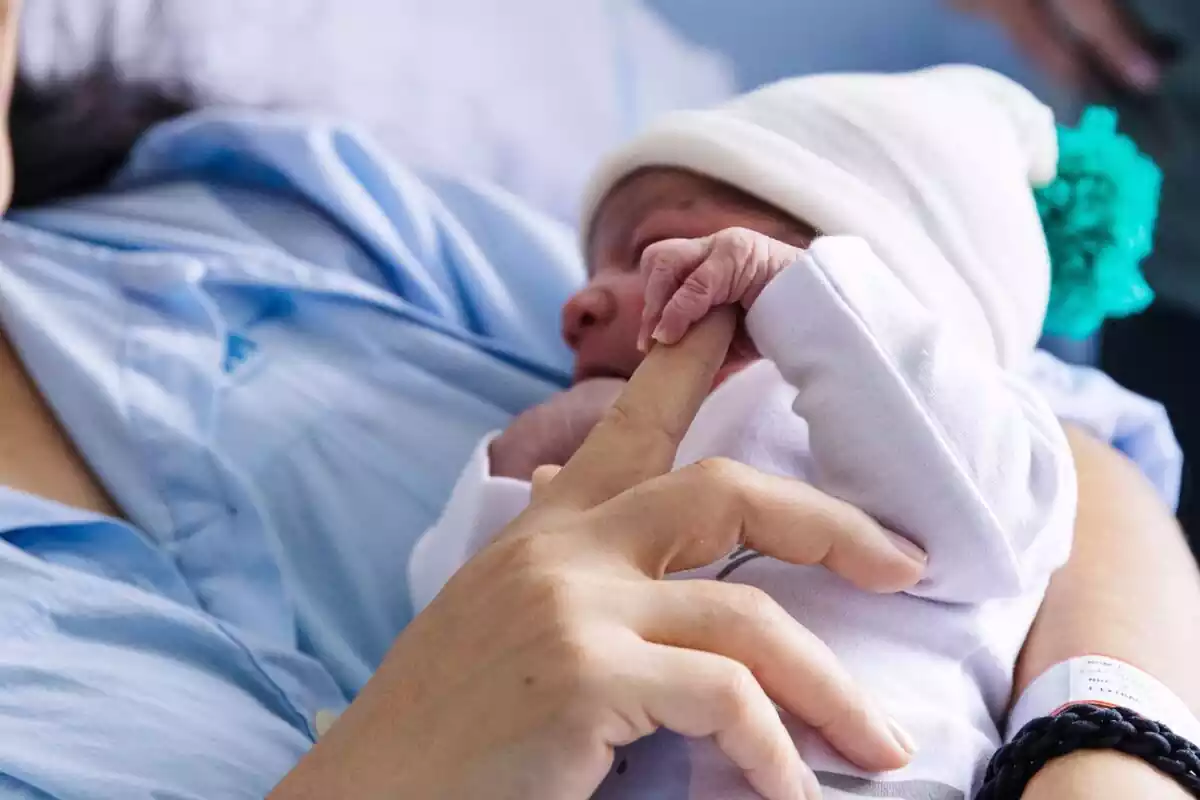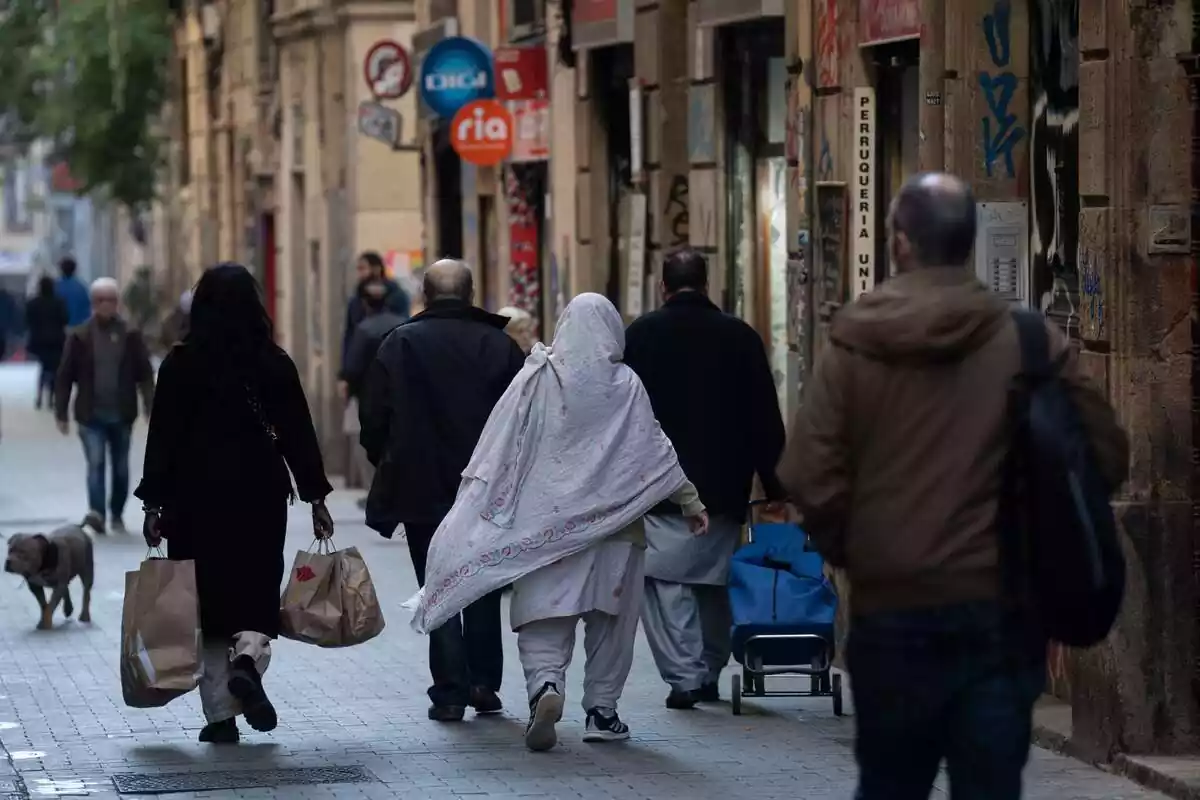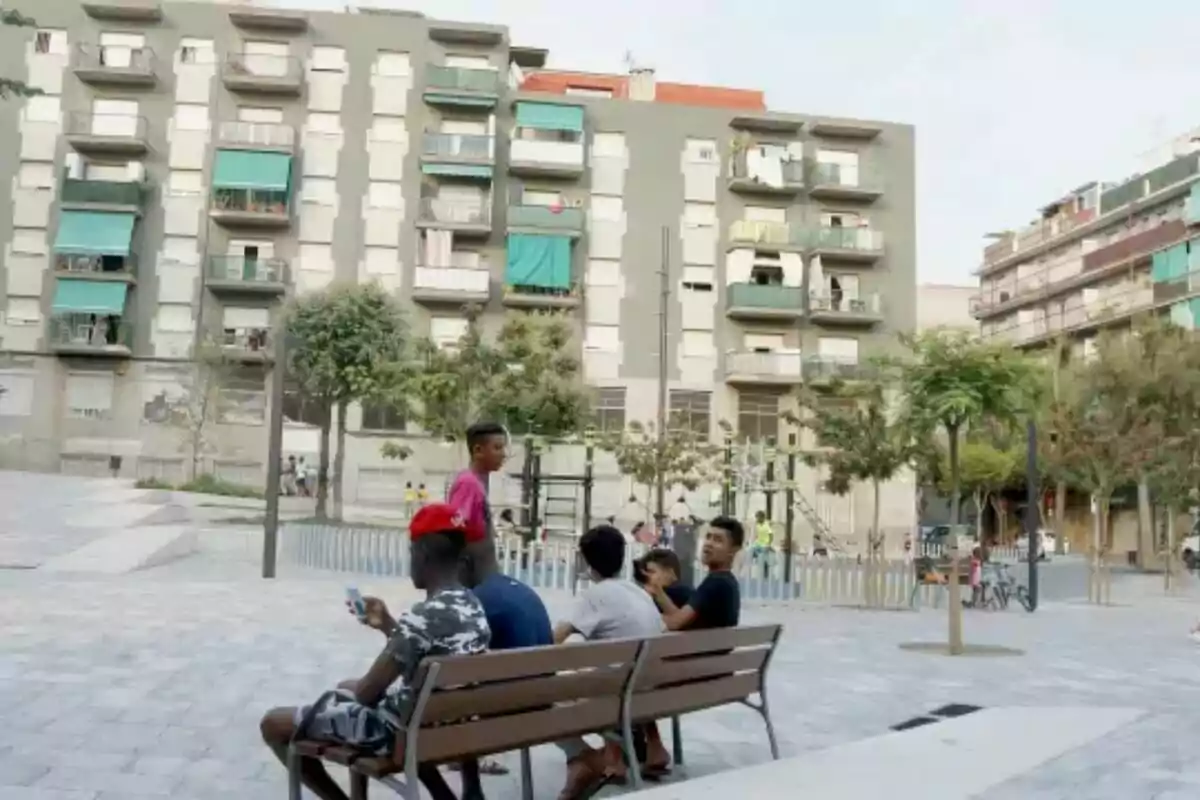
52.6% of children born in Catalonia have at least one foreign parent
Demographics is by far the factor that most strongly changes the social reality of Catalonia
Catalonia is currently experiencing a demographic change that will completely modify the social and cultural composition of the region. According to the latest data - released by Jon González on social media - in 2023, a total of 320,656 babies were born in Spain. Of these, 38.8% had at least one parent born outside of Spain.
This percentage rises significantly in Catalonia, where 52.6% of newborns have at least one foreign parent. In contrast, in regions like Extremadura, this figure drops to 14.8%:
This phenomenon reflects a unique demographic process in Catalonia, where the foreign population has not only increased significantly but also has a greater weight in the age groups where most births occur. Data from the National Institute of Statistics indicate, for example, that more than 40% of the Catalan population between 25 and 39 years old is of foreign origin. In some specific groups, this proportion exceeds 50%.

This change is accompanied by a constant decrease in the native population of childbearing age. Between January and April 2025, 14,500 people arrived in Catalonia from abroad, while the local population decreased by 10,000 inhabitants. This dynamic implies a generational renewal based mainly on migratory flows and a higher birth rate among foreign groups.
The fertility rate also reflects this reality. In 2023, the number of children per woman in Catalonia reached a historic low of 1.1. However, this figure hides important differences depending on the mothers' origin.
The average fertility of foreign women was notably higher, with a rate of 1.32 children per woman, while for native women it stood at 1.06. Additionally, the territorial distribution is noteworthy, with municipalities like Salt, Lloret de Mar, and Salou recording percentages of children from foreign mothers exceeding 50%.
Demographic and cultural change
The demographic change is not only quantitative but also cultural. The foreign populations present in Catalonia come from regions with birth rates that double or even triple those of the local population. This fact contributes to a progressive demographic replacement, a term that describes the reduction of the native population accompanied by an increase in the presence of foreigners and their descendants.

Various academic reports, such as those issued by the Centre d'Estudis Demogràfics and the CEU-San Pablo University, warn about the magnitude of this process. According to these studies, if migratory flows and current fertility trends continue, immigrants and their descendants will be the majority in Catalonia in the coming decades.
In general terms, Catalonia's demographic growth is supported by a positive migratory balance. The total population increased by 1% in the last year, surpassing 8.1 million inhabitants, with the growth of the foreign population already representing more than 25% of the total. This reality has direct consequences on aspects such as the labor market, education, housing, and social policies, which will need to adapt to an increasingly different society.
More posts: